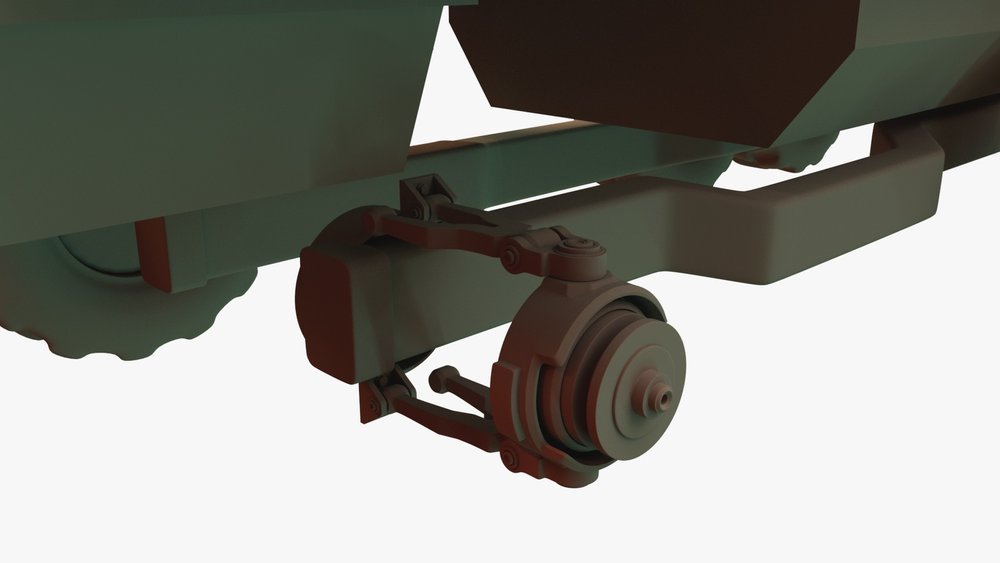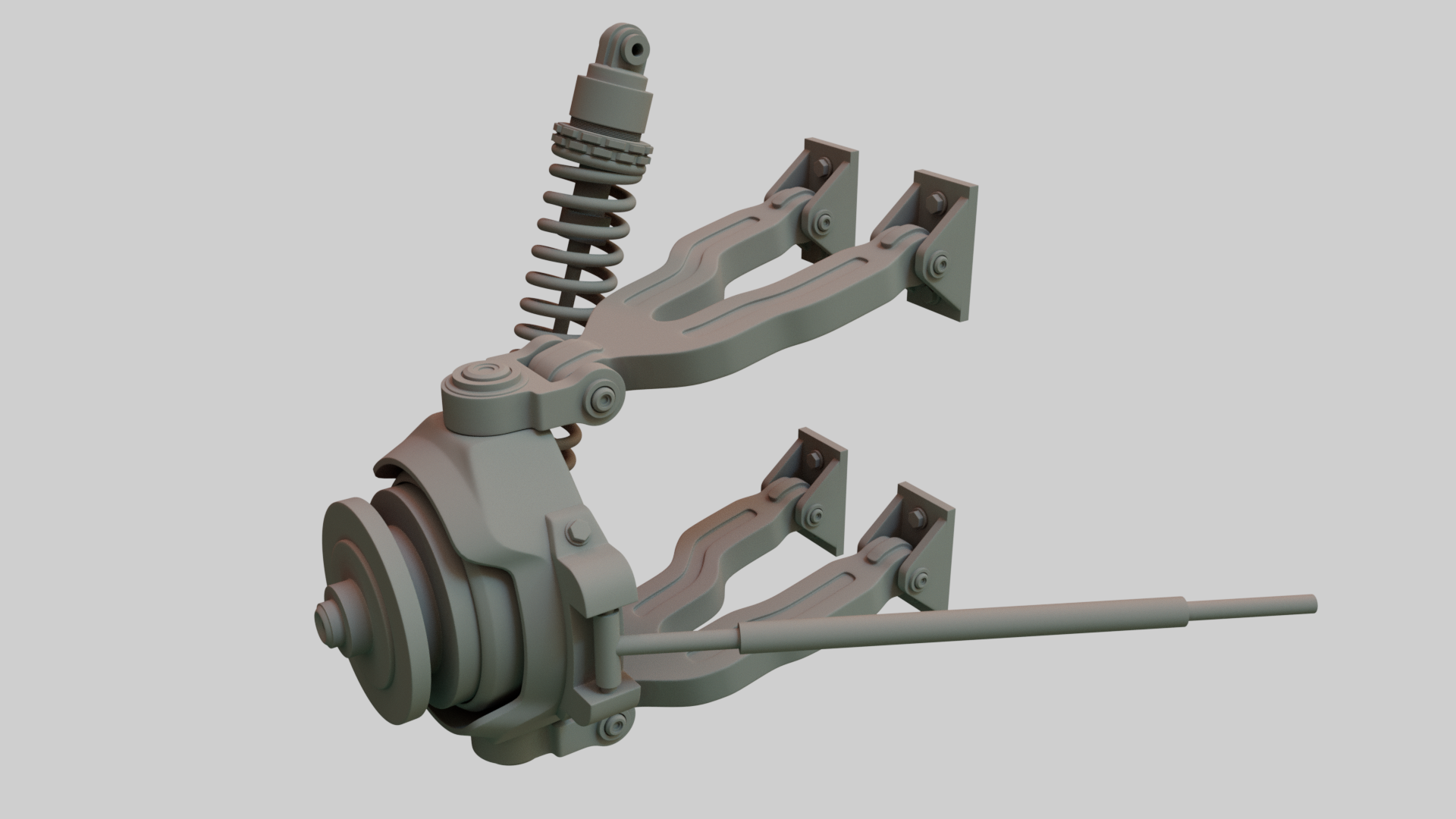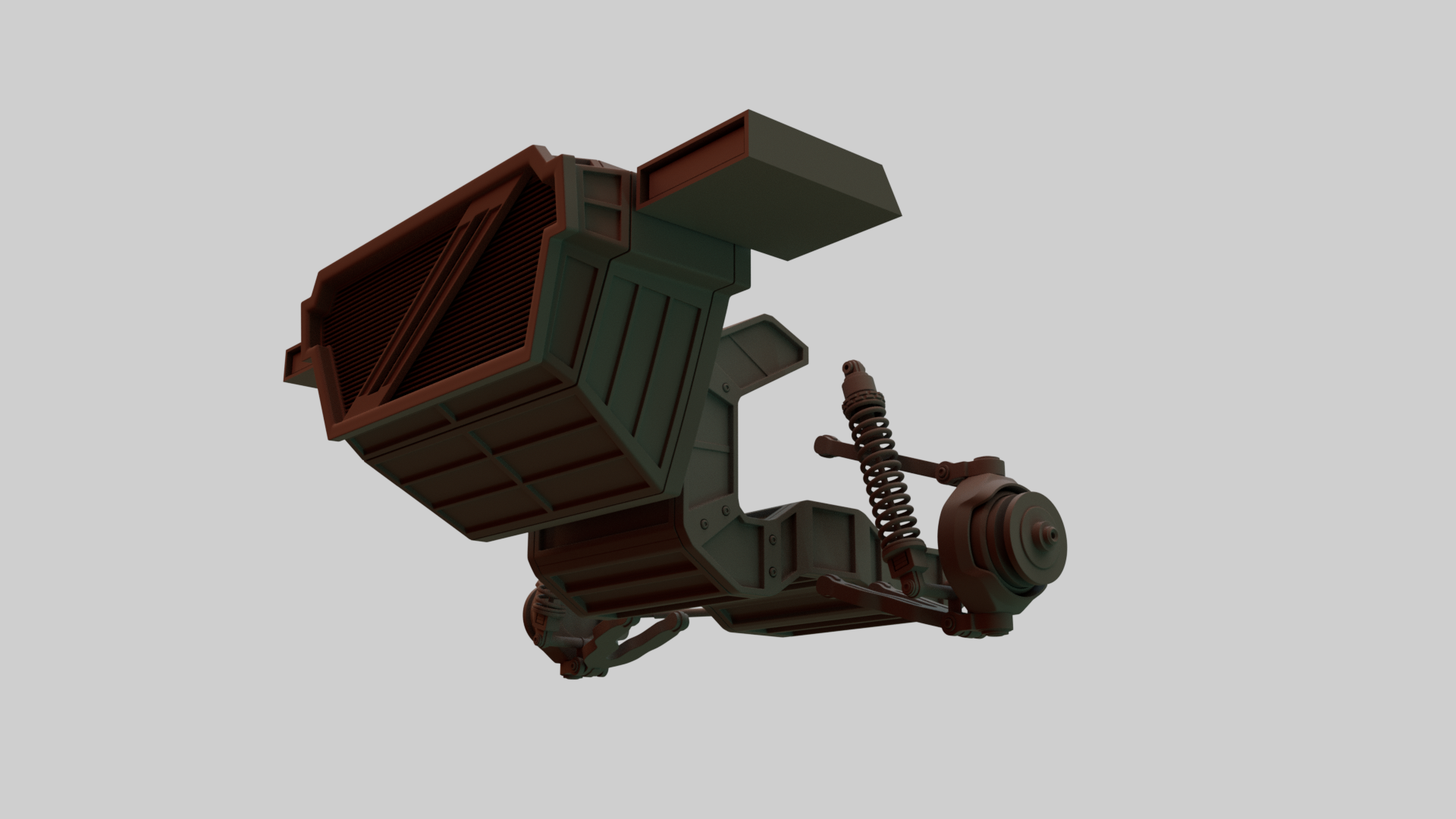Utility Vehicle Concept - Demoreel 2022
This truck is my final demo project in the Humber 3D modelling and VFX course. I wanted to do a detailed, fully vehicle concept model, with as many functional mechanical components as I could. To do it right, I felt it necessary to start from the very bottom, so that every other element has its right place.
It was important to me, that the concept has every basic drivetrain and suspension component. With the exception of the engine, I came up with the design for every part by myself. For this reason, way too much of my precious time went into looking for reference images of various military and civilian 4x4 trucks. The engine design is a simplified copy of this asset by Gregor Kopka, which I found on Artstation.
Reference & Inspiration
This is a simplified version of my PureRef sheet, the entire thing would be too large. There were also dozens of YouTube videos with mechanical components being taken apart and their exact purpose explained. I learned a lot about car part from working on this.
The Process
It was a slow and bumpy start for me, since I wasn’t still too confident about modelling complicated geometry in Maya. But I am very happy and proud that used this opportunity to understand topology and hard surface modelling techniques. Here are some early sketches. Somehow they look nothing like the end result.
I started with the wheels and the front suspension. I wasn’t sure where to start, but I am happy I started there - it was an opportunity to get used to working in maya, while practicing on elements that weren’t very noticeable, or ones that could be hidden in the final render. In the end, I almost fully remodelled again.
Bit by bit, the internal elements were put together, with a frame hugging them from the sides. Looking back, I can only wish I modelled some parts differently. My learning process was so intense that my skills, and therefore my workflow were changing drastically week after week.
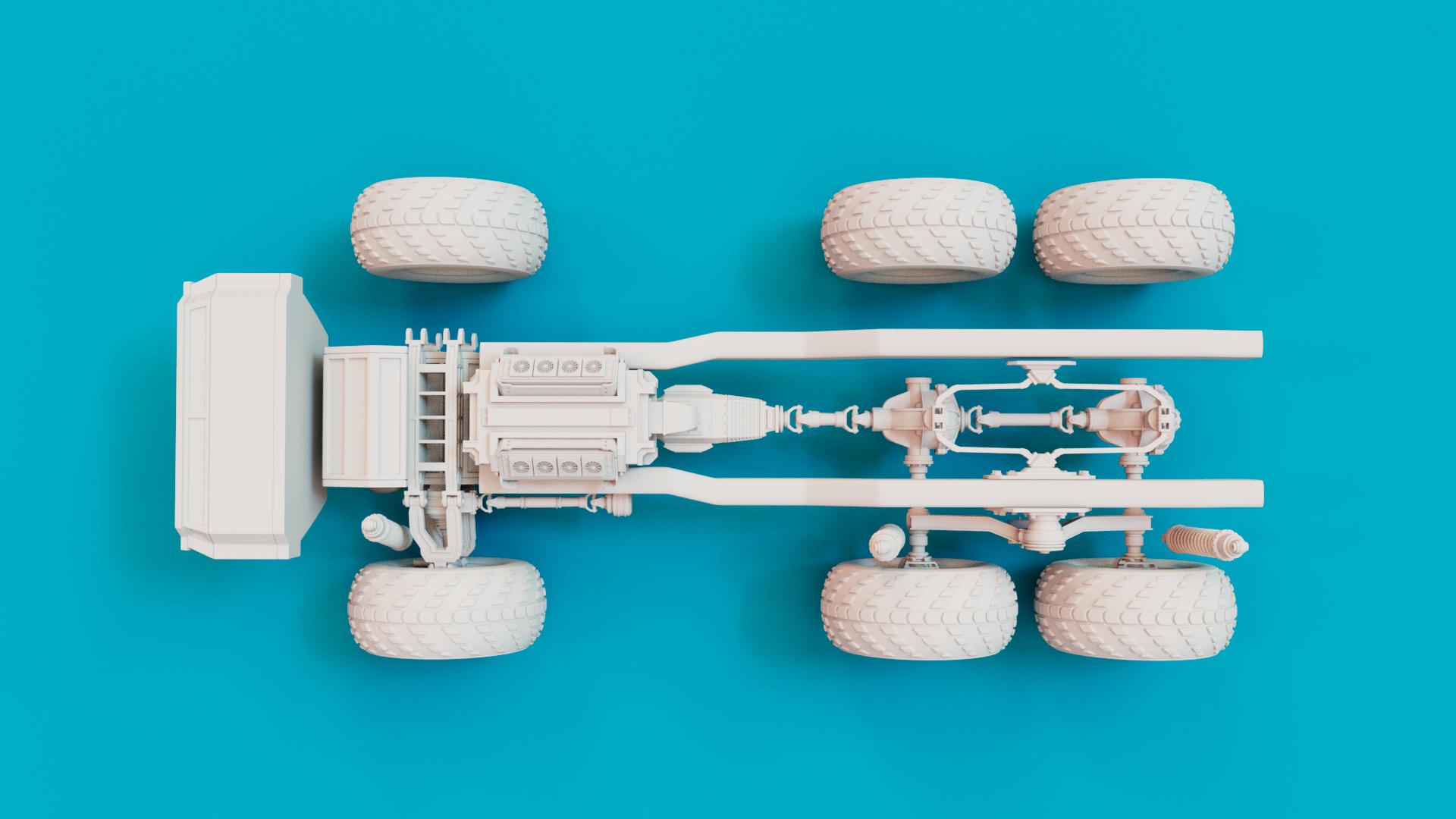
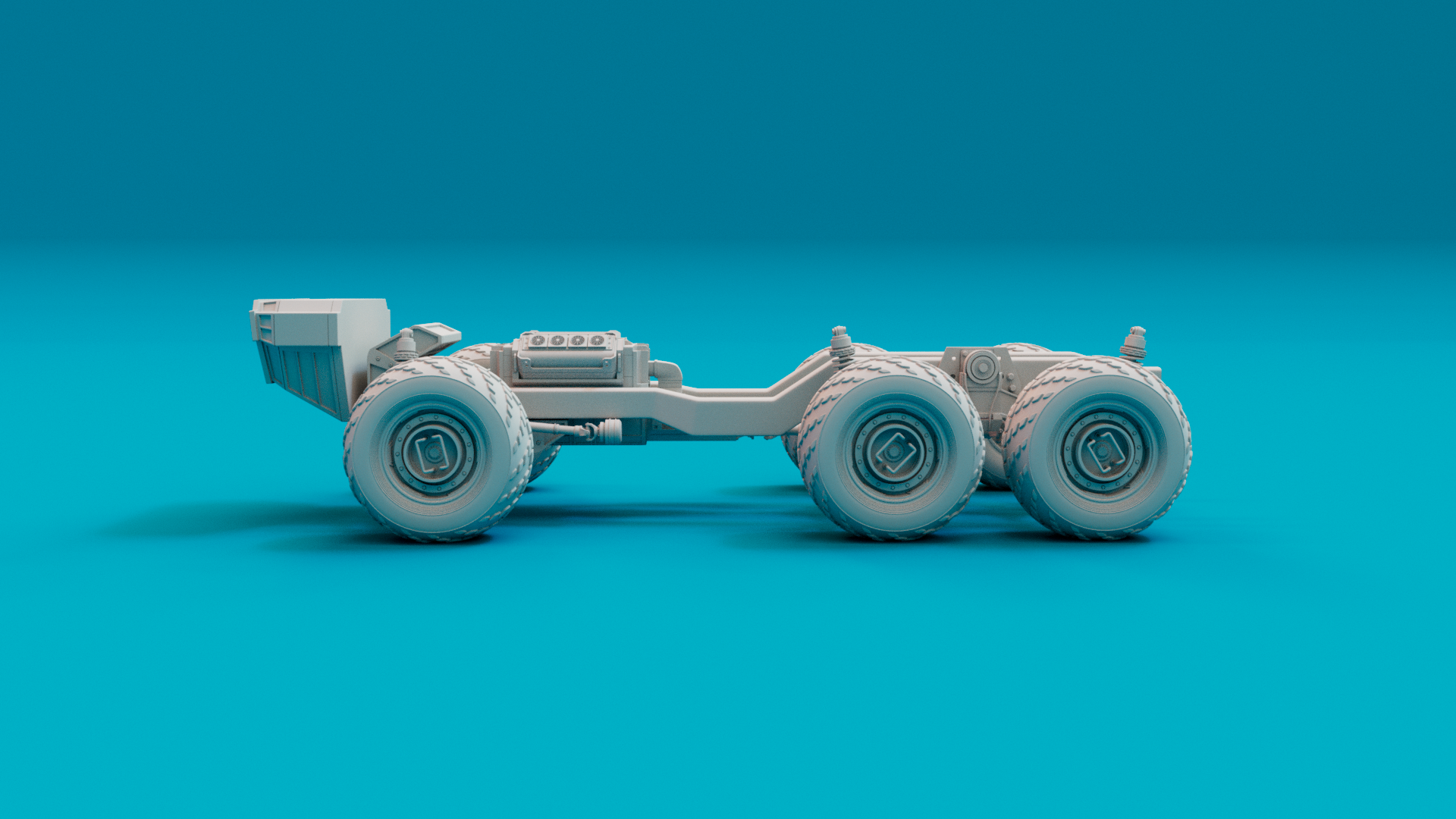
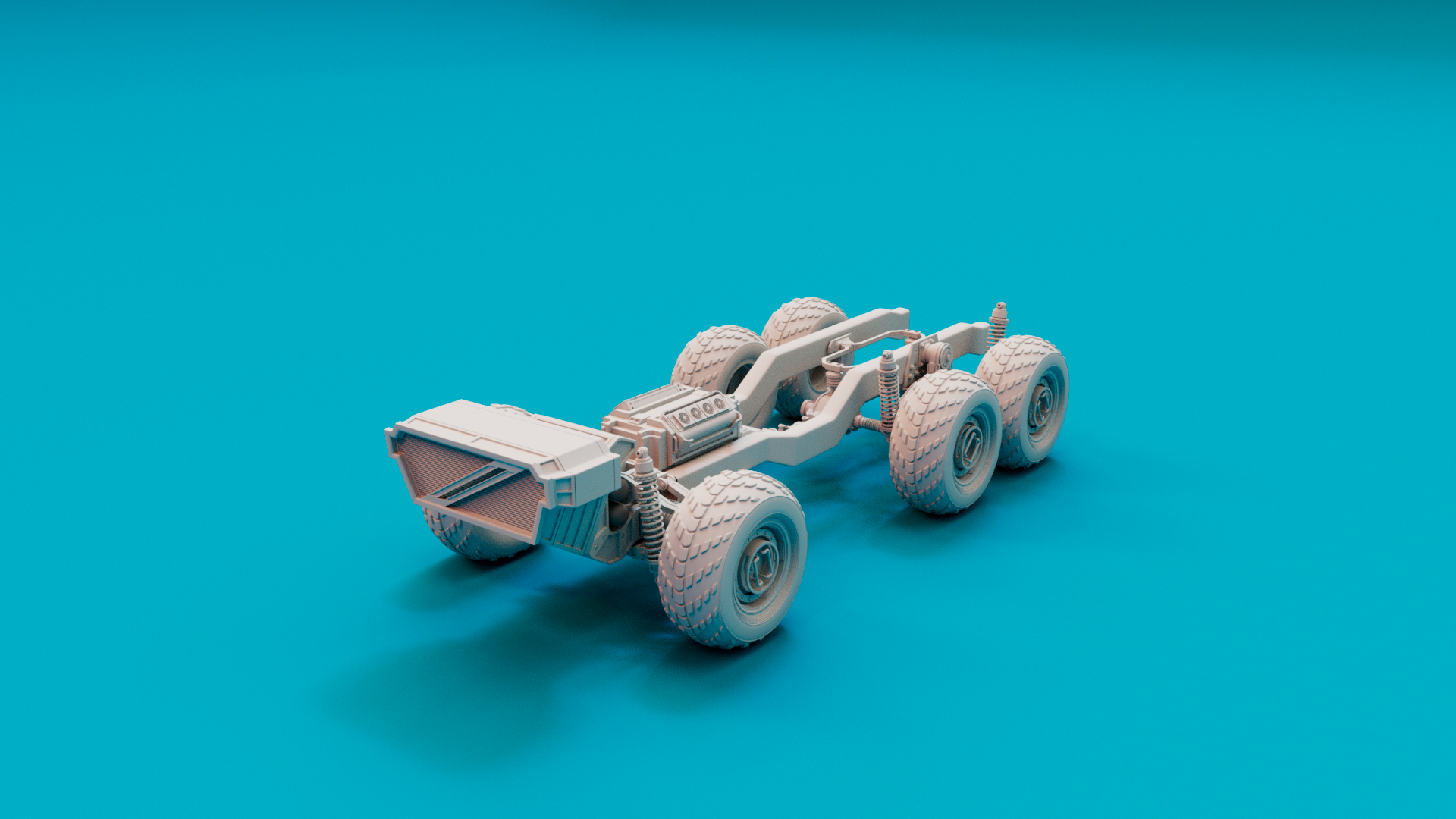
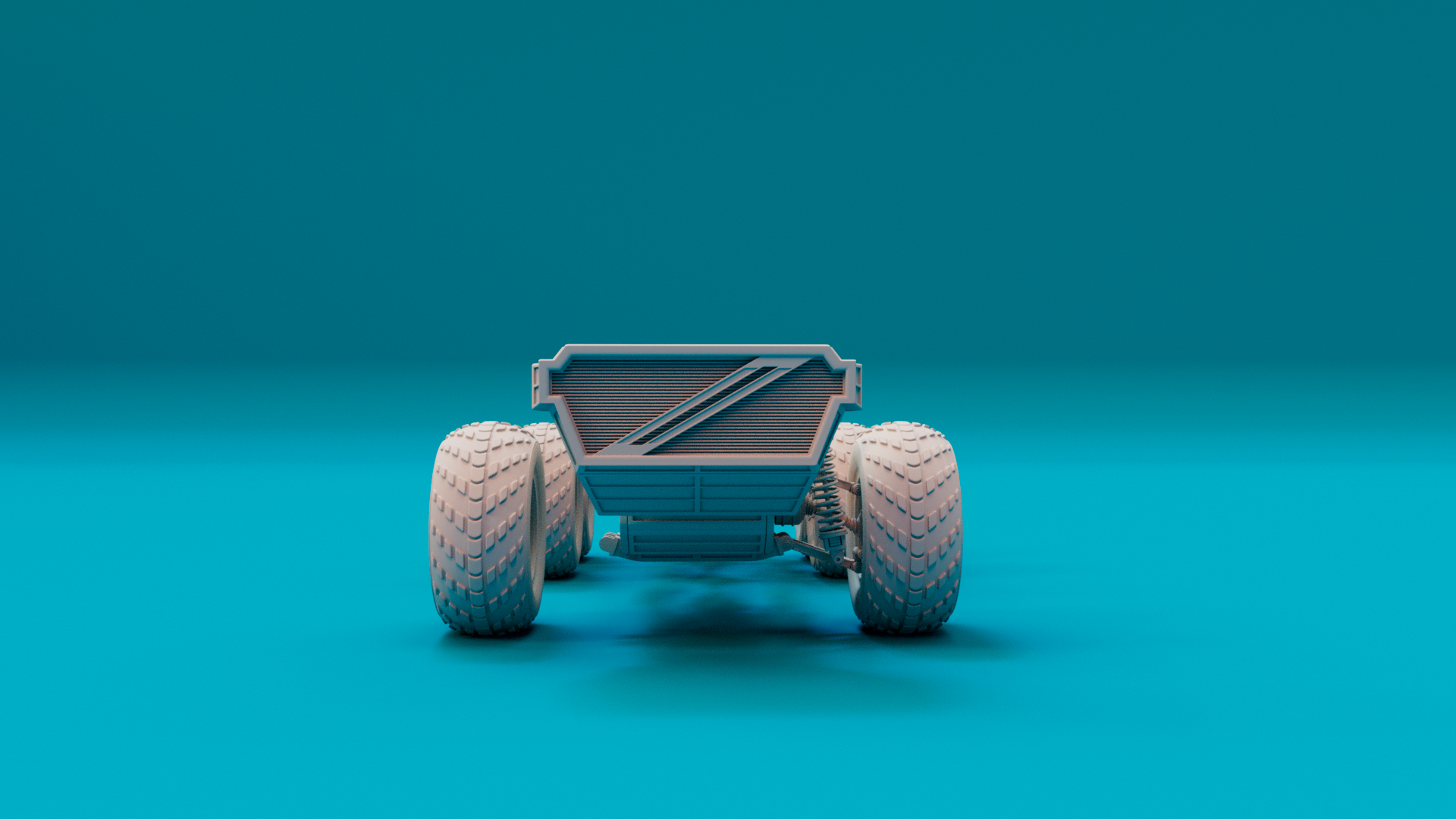
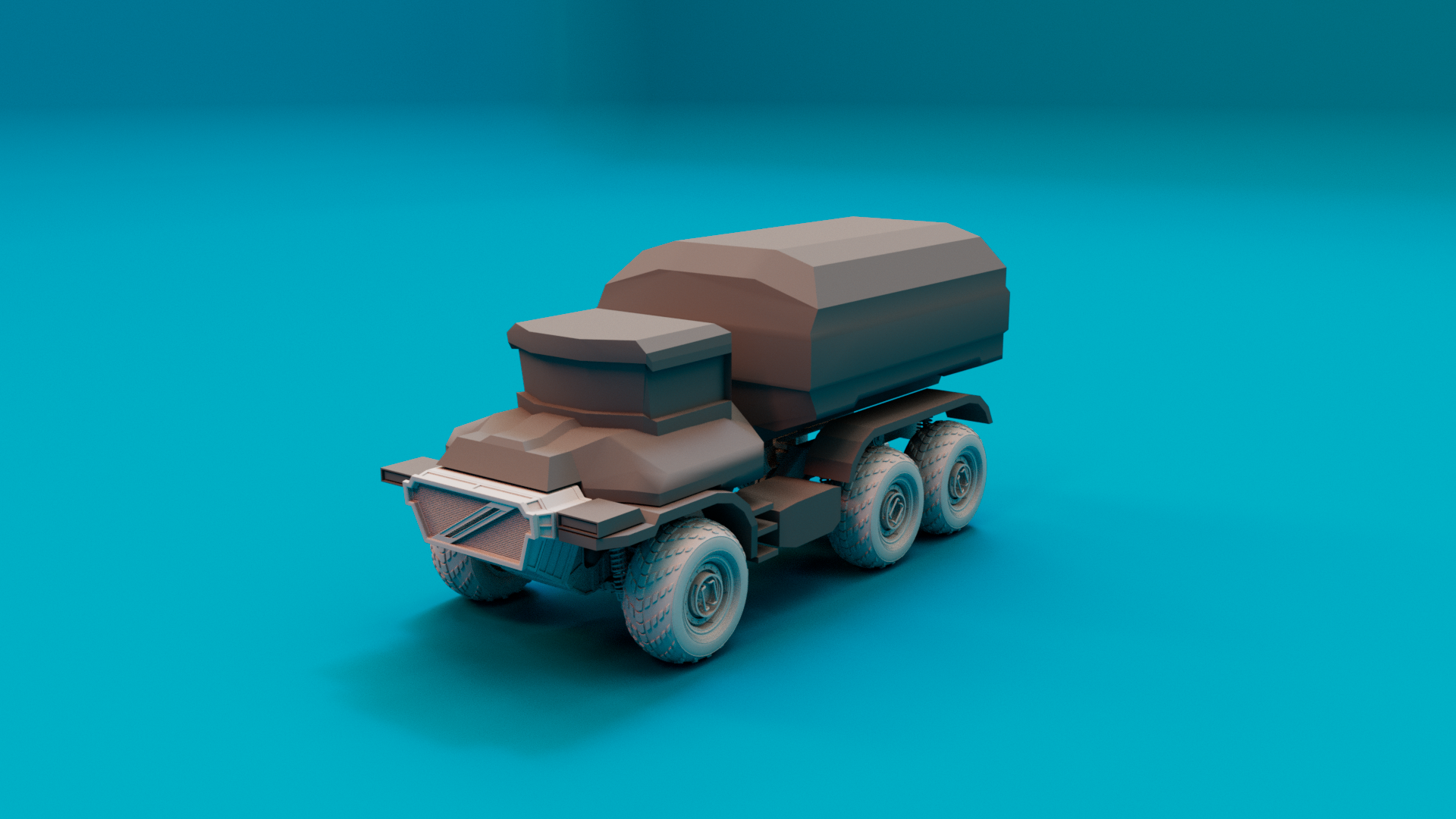

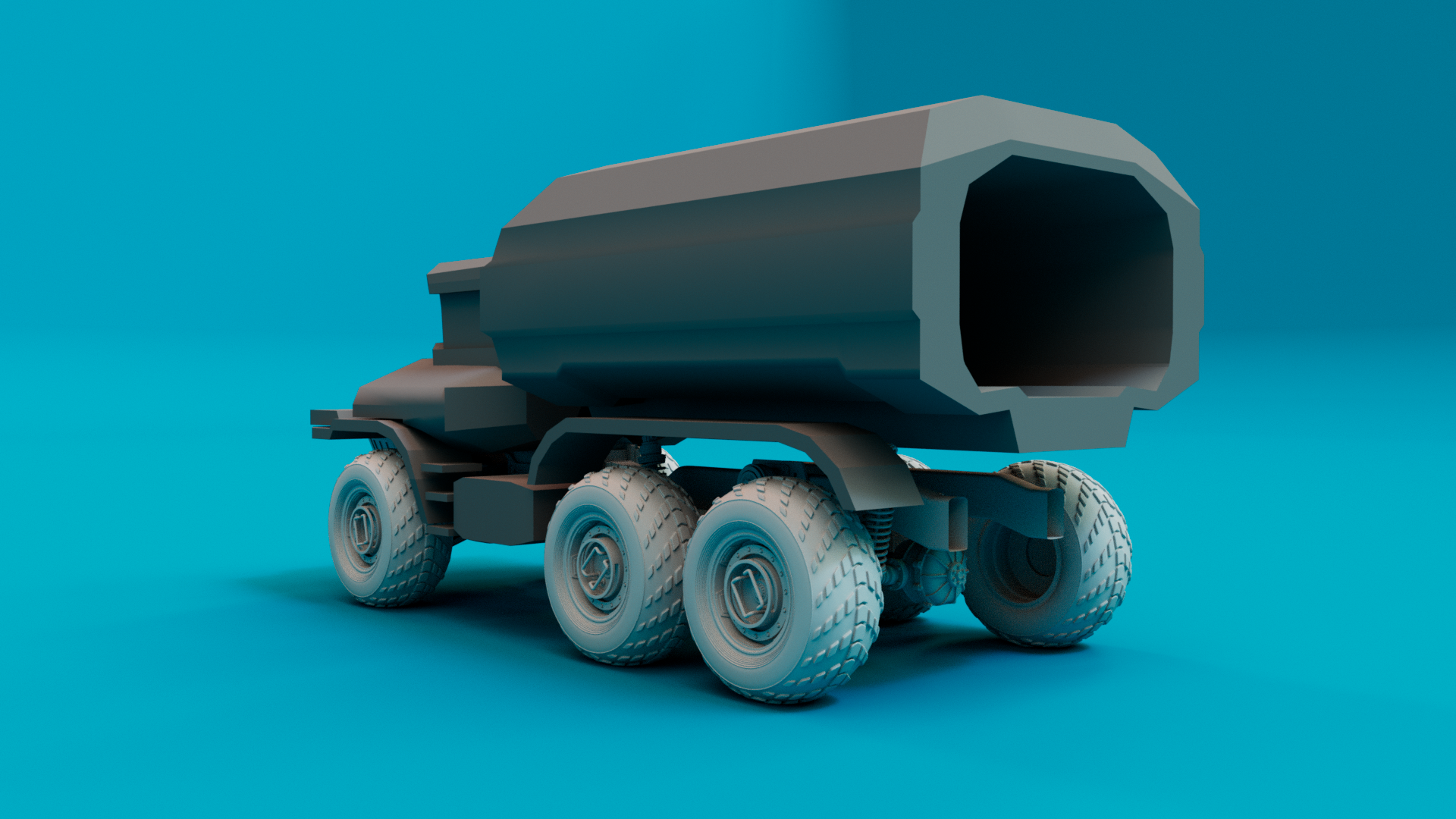

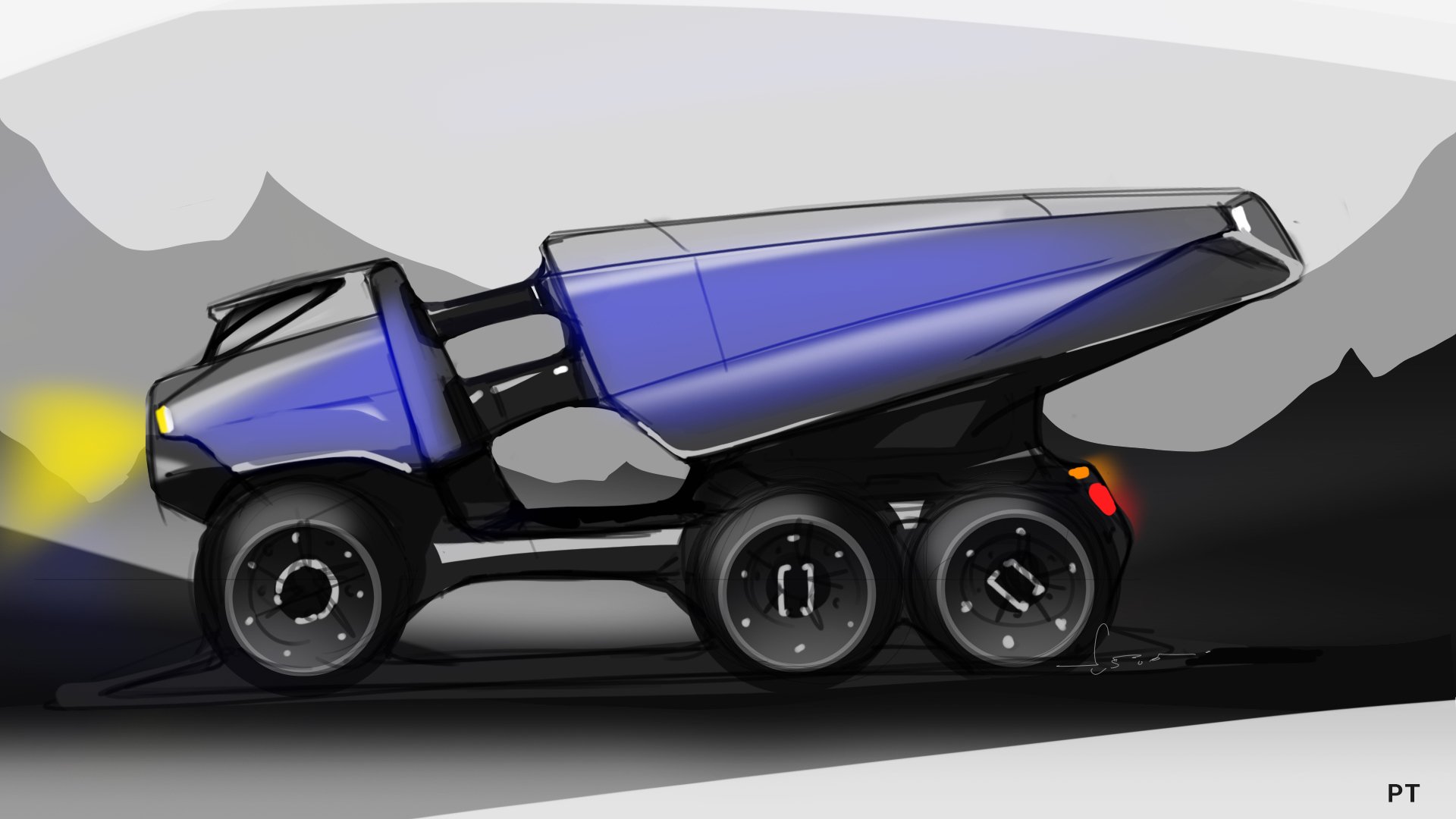
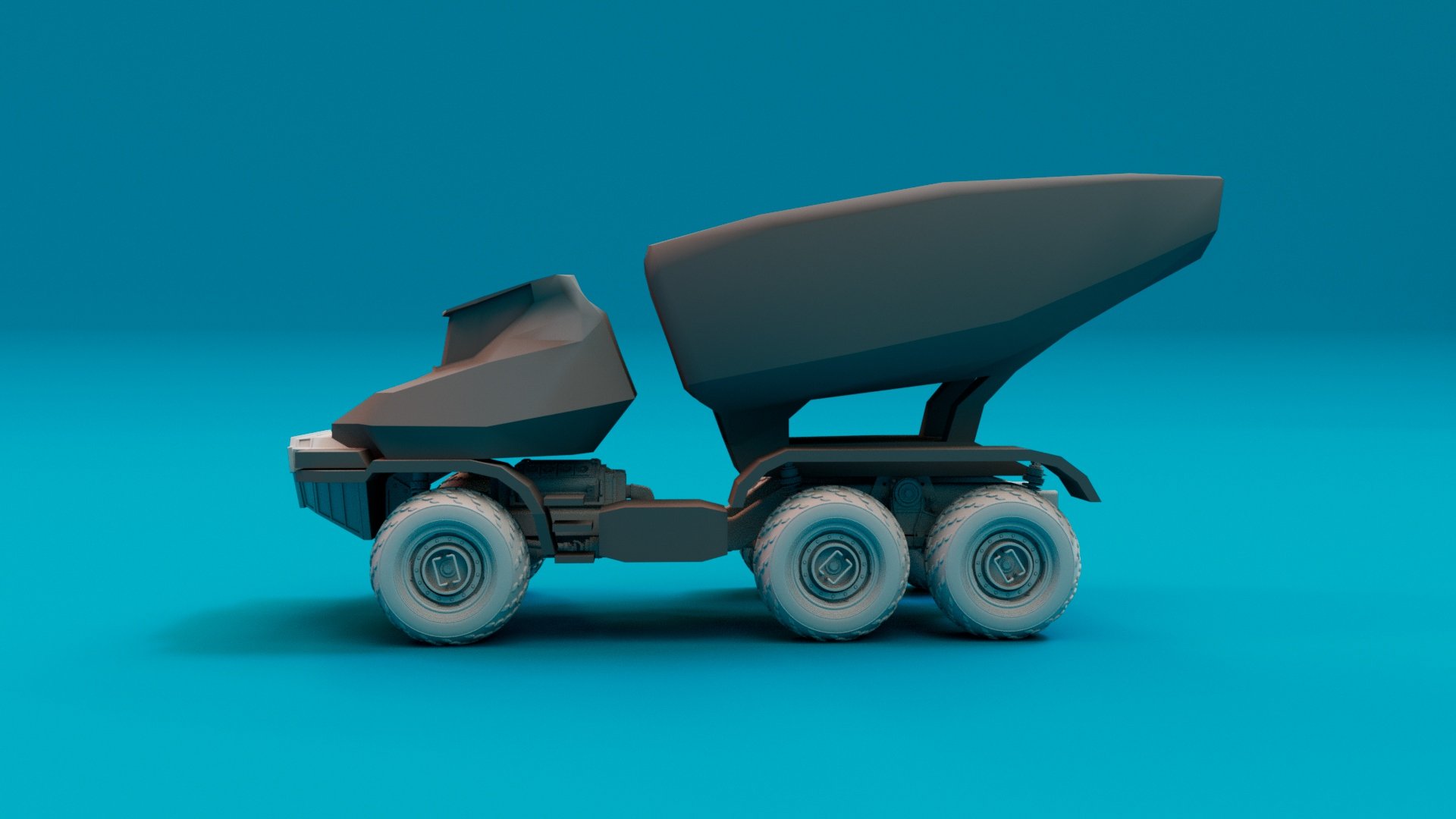
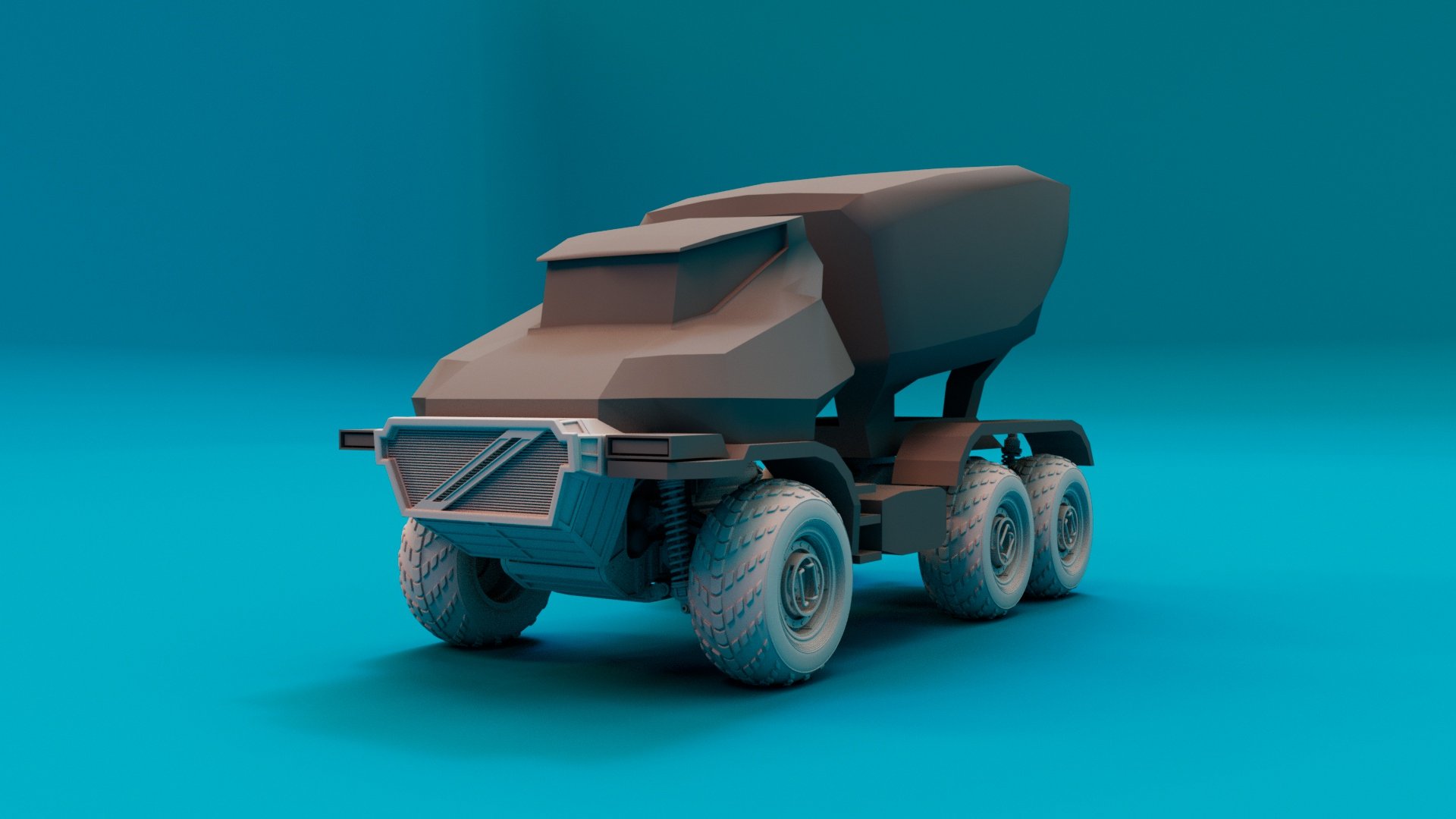
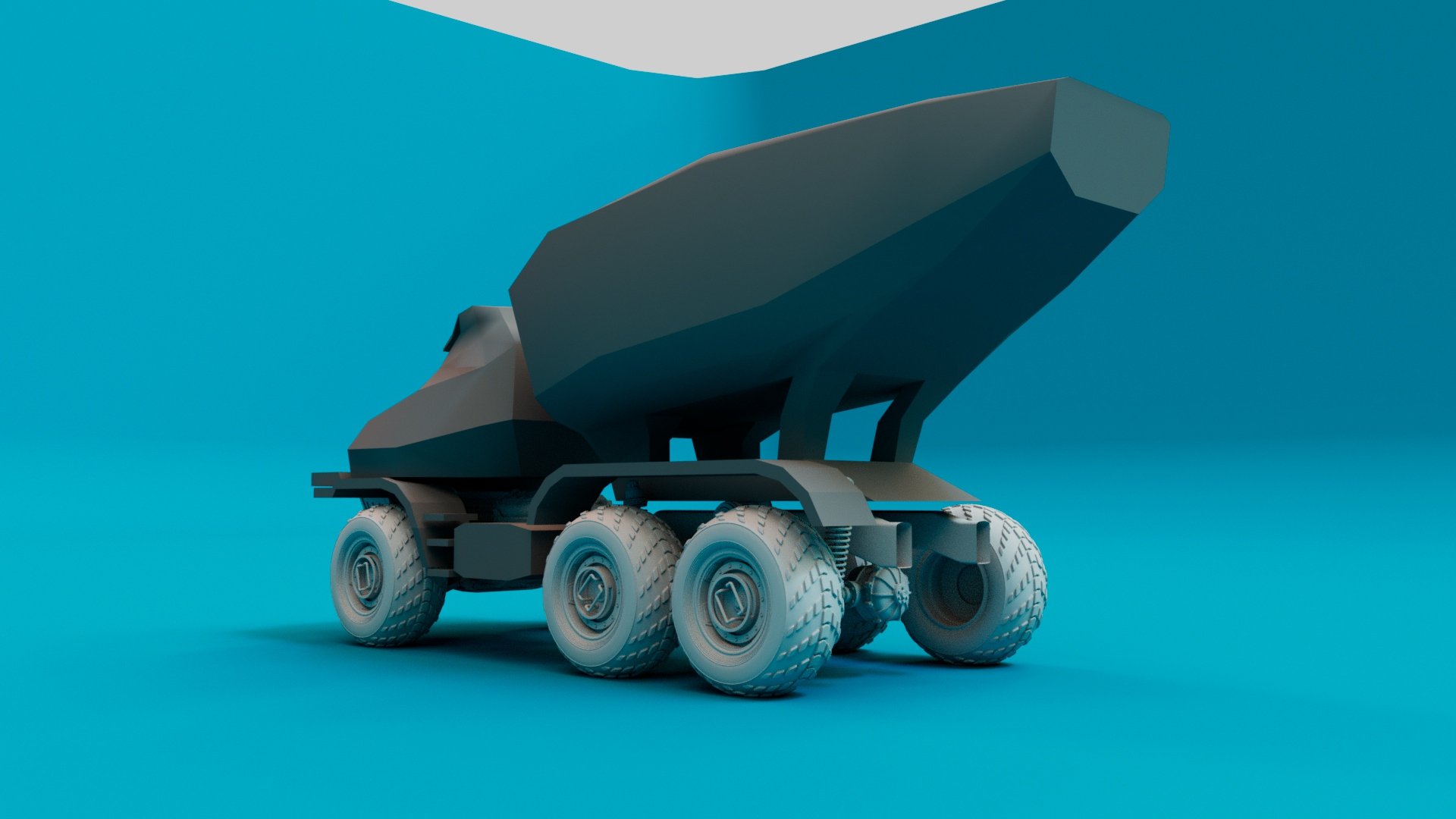
When most of the components were ready, I started thinking (and rethinking) the outer shell. I didn’t want it to look like a military vehicle, but since there are fewer civilian applications for off-roader type trucks in the real world, all reference I could find was dominated by machines of war. I started thinking of design traits and elements that make a vehicle look positive, kind and hardworking, as opposed to aggressive-looking tanks and armored personnel carriers.
Srikanth - ne of my course mates - with experience of work in the automotive industry, gave me a two hour crash course on vehicle concept development. Together we came up with a few sketches and a completely new idea for the outer shell was born.
The following day I decided to redesign the shape again. Somewhere along that process I also finally decided for myself what kind of vehicle this ought to be: modular, rugged, designed for inhospitable environments. One where the crew could comfortably stay inside, while the cargo is safely carried in the back, well protected from the elements. Similar to the Antarctic Snow Cruiser.
I needed the the shape of my rover to have a positive and appealing stance. Not for it to look aggressive, but rather like a kind and noble beast. I thought of ants, who are admired for their hardworking behavior. I also looked at the original Volkswagen Samba Bus - its iconic shape is an awesome recipe for a kind and fun-looking car, something they carried over to the new concept when VW decided to bring it back as the electric VW I.D. Buzz. The other important element of this build are the headlights - this idea was borrowed from Rivian - a re-invented electric pickup truck.
The final shape:



















